Survival Skills
How to Find Edible Plants in the Wild
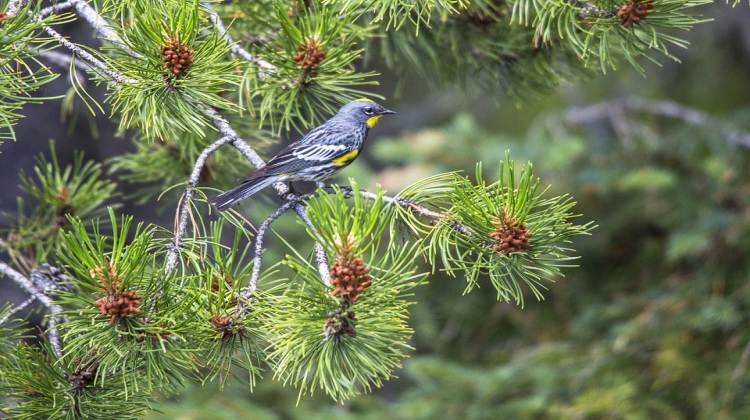
In a survival situation, calories count BIG TIME. Unfortunately, most of the stuff you hunt down can run a lot faster than you… Why not make the best of Mother nature’s gifts by learning how to identify edible plants in the wild right outside your home or camp? Below are 3 quick tips to help you find some of the most common wild edible plants across the U.S.
Edible Plants: What You Can Eat In The Wild To Survive
There are many reasons to learn about plants, but perhaps the best reason of all is that learning the basics of edible plants can take care of your needs when you’re lost in survival situations. However, before heading to wonderland, you first have to know how to study the plants in your area.
There’s a huge diversity in the way people look at plants, and, unfortunately, there’s not enough scientific data on edible plants. That’s where research and books come into action. Because of this, I highly recommend you to get three resources minimum. That way, you can cross reference what you’re looking for and get all the information you can find about a certain plant species.
Most of the guides available come with sketches of plants and flowers rather than photographs. This is an advantage as, compared to photographs, artists capture every detail of plants. This level of detail will make easier for you to identify the plants you’re looking for.
Now that you’re briefed on some knowledge about these amazingly edible plants, you can start studying them in their natural habitat.
Pine Trees
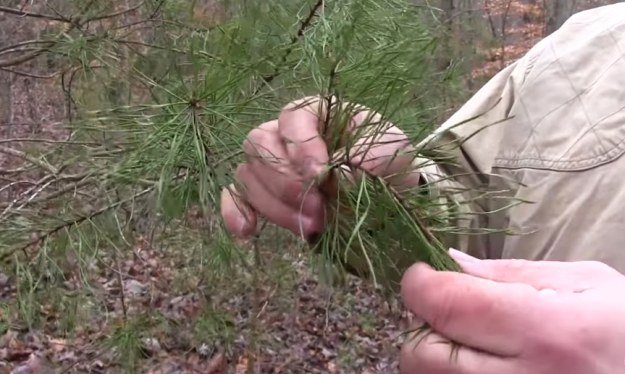
Pine trees are edible plants that are nearly everywhere. To identify what species of pine trees you’re looking at, get a pine needle cluster from it. For example, two needle pines swirled together are known as Virginia Pines or Yellow Pines. However, take note that the taste of needle pines varies from one kind to another. White Pines, for example, have better taste than Virginia Pines. If you’d still like to utilize the Virginia Pines, you can pull the needles off and make a tea from it. You can also eat the incredibly young male pine cones of the tree, since they’re palatable and are also packed with nutrients like vitamins A and C.
Moreover, there’s a part of the tree called cambium which is found directly underneath the bark of the tree. You can take this and chew on it. You can also put it in a pot of boiled water and drink the broth; both ways would give you the same nutrients you need. If you want to save it for further use, you can simply pound the cambium until it turns to powder. From there, you can also add it to your soups or stews.
Oak Trees
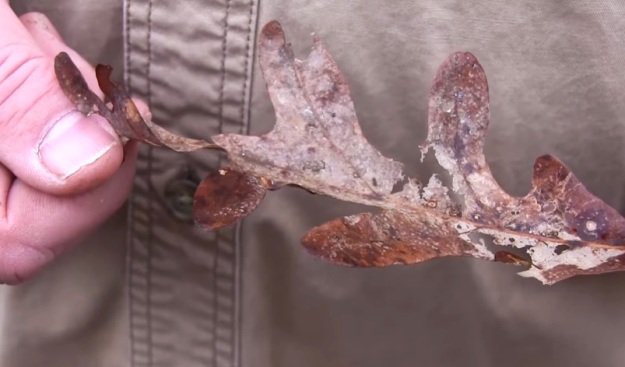
White Oak and Red Oak trees are two broad classifications of oak. The leaves of White Oak trees have round edges, while the lobes of Red Oak leaves have well-defined sharp edges. Moreover, Red Oak leaves are not as palatable as White Oak leaves are, so be sure to learn the difference! The fruit or meat of oak trees is actually the acorn. However, you can’t just pick up acorns and eat them, since, in that state, they’re not edible. If you’d like to incorporate them into a meal, you need to boil them or place them in a bag and wash them through running water (like a creek).
Grasses
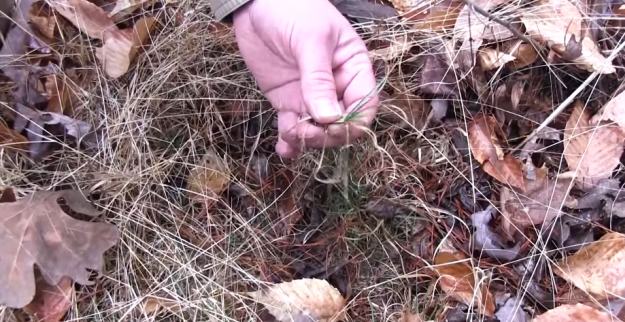
Since grasses are everywhere (and mostly edible), one tip for you is to look for younger shoots of grasses to eat. However, they’re very fibrous so if you don’t want to consume all the fiber, it’s best to simply chew the grass and then spit.
Learn more tips and tricks in studying edible plants by watching this video:
Never forget that some plants are poisonous! That’s why manuals and survival guides are essential to anyone who wants to study the wild. It’s also important to conduct research of edible plant classes, so you’ll know how a plant you’re looking at is related to another plant. It can seem like a lot, but if you know someone who shares the same interests as yours, you can study (and then eat!) together.
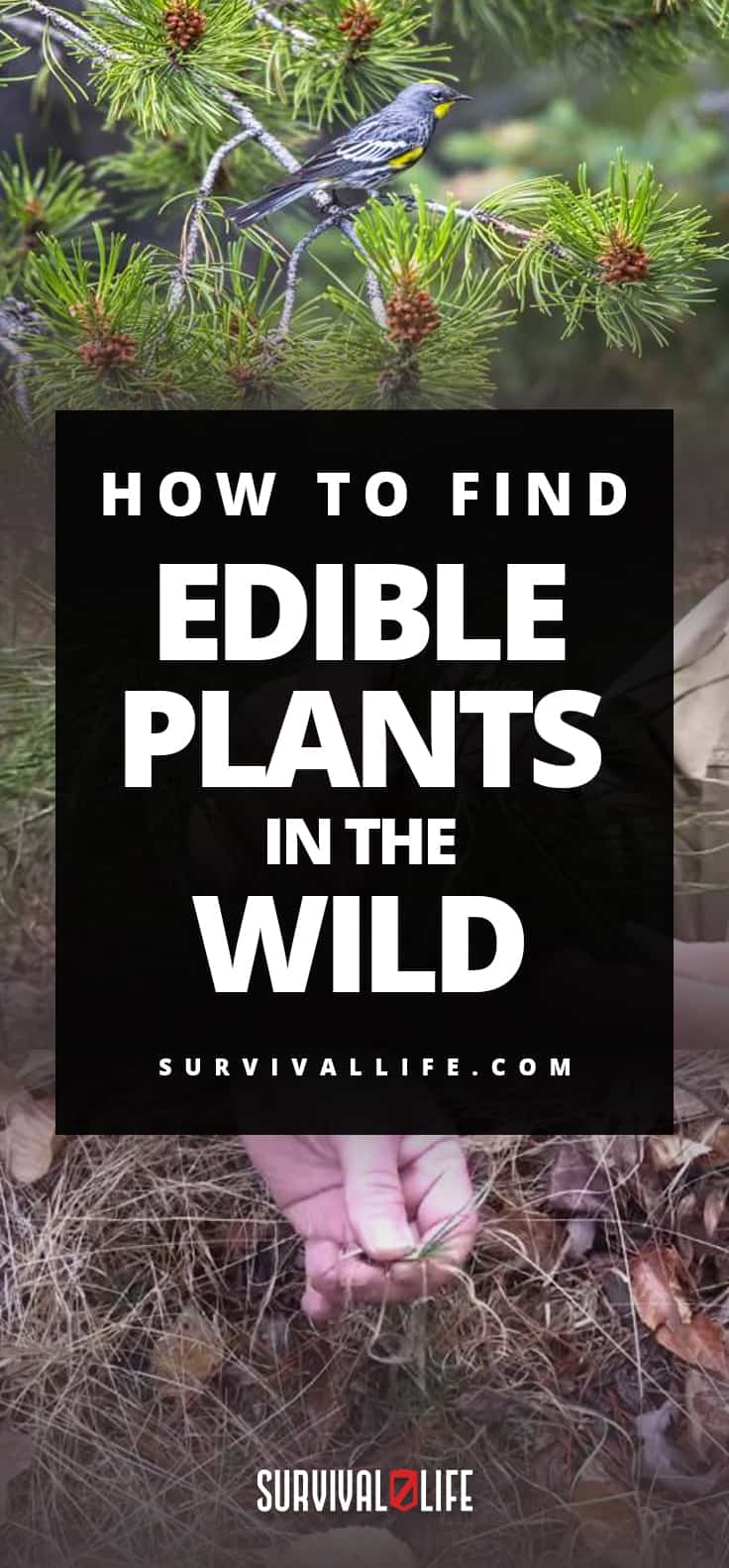
Are you on the hunt for some medicinal or edible plants too? Share your experiences in the comments below!
Got some edible plants around your area? Here are some foraging tips for the seven most common edible plants!
Follow us on Facebook, Instagram, Twitter, Pinterest, and Tumblr!
-

 Do It Yourself7 months ago
Do It Yourself7 months agoParacord Projects | 36 Cool Paracord Ideas For Your Paracord Survival Projects
-

 Do It Yourself9 months ago
Do It Yourself9 months agoHow To Make Paracord Survival Bracelets | DIY Survival Prepping
-

 Do It Yourself9 months ago
Do It Yourself9 months ago21 Home Remedies For Toothache Pain Relief
-

 Do It Yourself10 months ago
Do It Yourself10 months agoSurvival DIY: How To Melt Aluminum Cans For Casting
-

 Exports8 months ago
Exports8 months agoAre Switchblades Legal? Knife Laws By State


Pingback: 13 Brutal Tips from a Filipino Knife Fighter [Survival Life]
Pingback: 13 Brutal Tips,Tricks, And Myths from a Filipino Knife Fighter | Survival Life
Pingback: 4 Tips To Become A Better Trapper| Learning Trapping Basics
Pingback: 4 Tips To Become A Better Trapper| Learning Trapping Basics - The Right News Network
Pingback: 4 Tips To Become A Better Trapper | Learning Trapping Basics – Ultimate Assets
Pingback: Primitive Survival Skills You’ll WISH You Knew Before SHTF | Survival Life
Pingback: 19 “Old World” Primitive Survival Skills You’ll WISH You Knew Before SHTF | Primitive technology
Pingback: 19 “Old World” Primitive Survival Skills You’ll WISH You Knew Before SHTF – Ultimate Survival Alerts
Pingback: 7 Survival Uses Of Pine Resin You Need To Know | Survival Life
Pingback: 7 Survival Uses Of Pine Resin You Need To Know - The Self Reliant Princess News
Pingback: Primitive Survival Skills You’ll WISH You Knew Before SHTF - The Self Reliant Princess News
Pingback: Finding edible plants or animals, When everything else fails. – About Travel